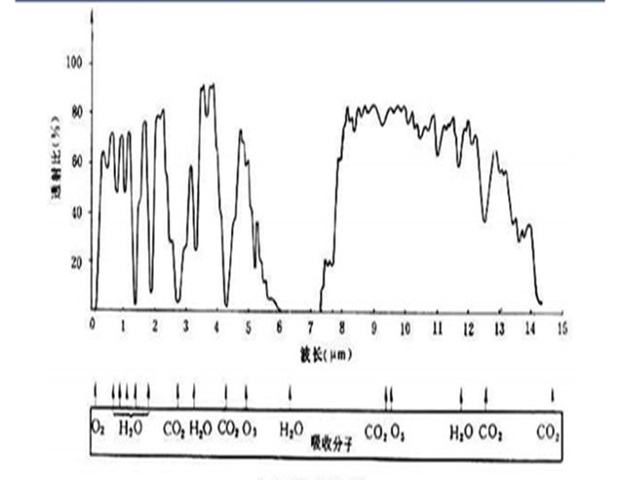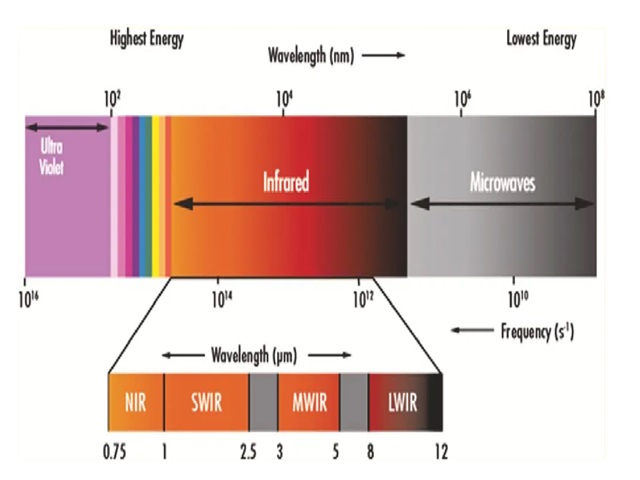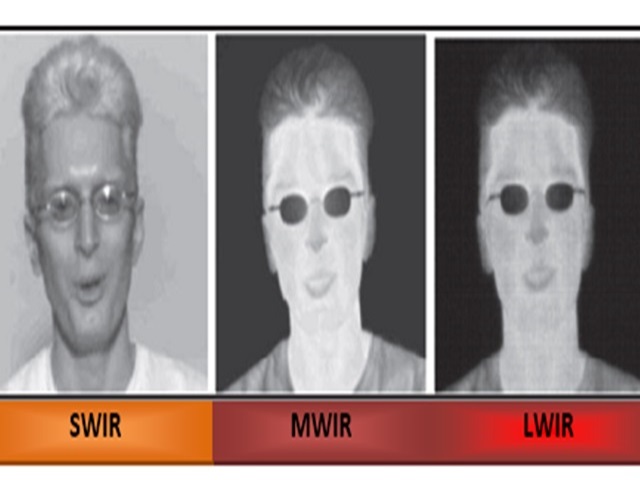Know About Short, Medium And Long wave infrared detectors
Sales Engineer:Grace Gao
Email:grace@bri-elec.com
WhatsApp:0086-199 2997 5286
With the continuous popularization of infrared thermal imaging technology, infrared detectors, as a core device for sensing temperature, are being commercialized and popularized from high-end applications that are out of reach. Infrared thermal imaging is the ability to convert infrared radiation invisible to the human eye into an infrared thermal image that can be viewed by the naked eye. So, what types of infrared detectors can be divided according to wave bands?
For this question, we first need to understand the principle and working mode of infrared detectors. Infrared detector is a device that passively detects infrared radiation of objects. It uses infrared radiation emitted by the surface of the object to obtain information. According to the different wavelengths of infrared radiation, infrared detectors can be divided into three types: short-wave infrared, medium-wave infrared and long-wave infrared.
So, why are there such differences between different types of infrared detectors? This is because infrared radiation of different wavelengths propagates differently in the atmosphere. The wavelength of infrared radiation perceived by infrared thermal imaging technology is between visible light and microwave. Its short wave is adjacent to the red light of the visible light band, and the long wave band is connected to the microwave.
According to the generation mechanism of infrared radiation, the application and development of infrared radiation, and the transmission characteristics of infrared radiation in the earth's atmosphere:
1.Near infrared or short-wave infrared, wavelength range is 1~3μm
Use reflected light imaging instead of thermal imaging. Shortwave detectors rely on low-visibility ambient light, which is similar to the detection principle of the human eye. It is more like enhanced vision and can penetrate the windshield for imaging.
2.Mid-infrared or mid-wave infrared, wavelength range is 3~5μm
3.Long wave infrared, wavelength range is 8~14μm
Mid-and long-wave infrared is mainly the infrared spectrum of the detected target object's own radiation. Affected by many factors such as target physical properties and application scenarios, mid- and long-wave infrared detectors have their own advantages and disadvantages.
Target temperature is one of the main factors affecting detector selection. The energy density of infrared radiation of objects with different temperatures has significant differences in different wavebands. From 220K to 380K, the effective radiation of the target in the long-wave band is much greater than the radiation in the medium-wave band; as the target temperature increases, the absolute radiation amount of medium-wave increases quickly, and the effective radiation ratio rises rapidly.
Sales Engineer:Grace Gao
Email:grace@bri-elec.com
WhatsApp:0086-199 2997 5286




